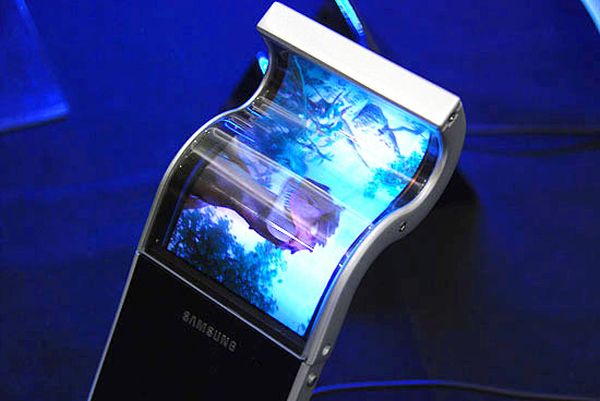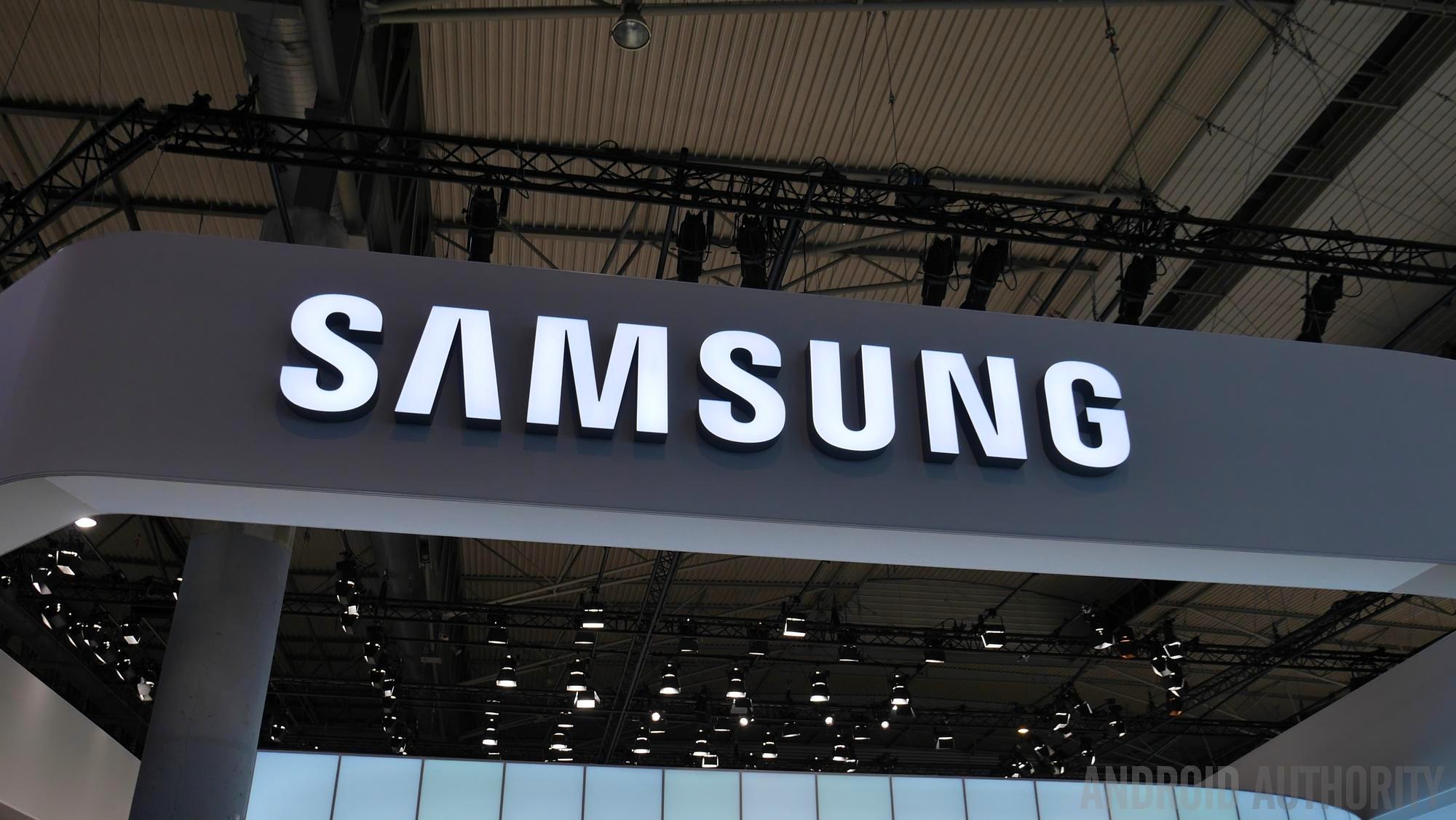Affiliate links on Android Authority may earn us a commission. Learn more.
Flexible OLED panel revenues to surpass those of rigid OLED panels

According to the latest data, revenues from flexible OLED display panels could soon surpass revenues from rigid OLED display panels.

People have been talking about flexible displays for as long as I can remember. While they do exist in the form of curved displays, they were never quite present in the mainstream until very recently. Well, according to IHS Markit, that’s about to change.
Companies like Samsung and LG have experimented with flexible OLED displays for quite some time now, and Samsung in particular uses curved flexible OLED panels for all of its flagship devices now. IHS Markit predicts that this trend will continue and accelerate this year, making flexible OLED panels more popular than their rigid counterpart.
The data indicate that revenues from flexible OLED panels are expected to reach $3.2 billion in Q3 of 2017 whereas the revenues for rigid OLED panels will in fact decrease to $3 billion.
The data indicate that revenues from flexible OLED panels are expected to reach $3.2 billion in Q3 of 2017 whereas the revenues for rigid OLED panels will in fact decrease to $3 billion. For the first time ever, it’s predicted that during Q3 of this year, the share of flexible OLED displays will be greater than that of rigid OLED displays, a trend that is likely to continue into next year.
As Jerry Kang, principal analyst of display research at HIS Markit, points out, since 2016, more and more manufacturers have reoriented their focus to flexible OLED displays since “smartphone brands believe using flexible AMOLED panels in their latest high-end products will differentiate themselves from competitors still using rigid AMOLED displays or liquid crystal displays.” Kang adds that while the costs associated with flexible OLED displays are significantly higher than those of rigid panels right now, things may change in the near future as yield rates improve.
After all, Samsung is now making dual-curved displays a standard option in its high-end smartphones (something that other Android OEMs are mimicking), and even Apple is rumored to be preparing an iPhone with a curved screen. Though it may be some time until we have truly flexible devices that are commercial and mainstream, the trend is clear, it seems: flexible displays are growing and will one day replace rigid displays.